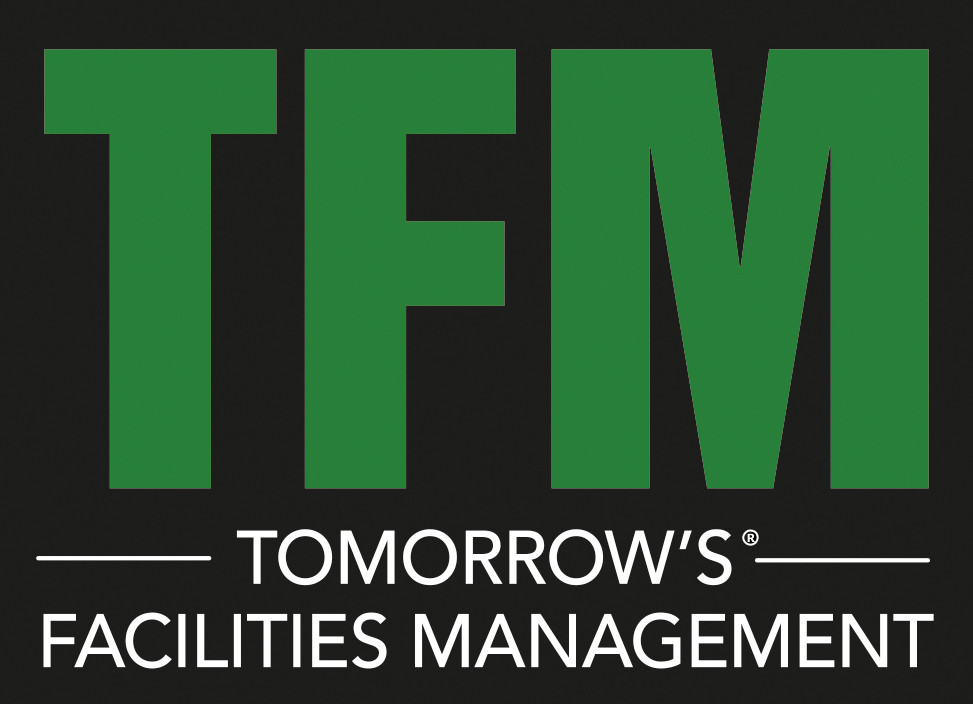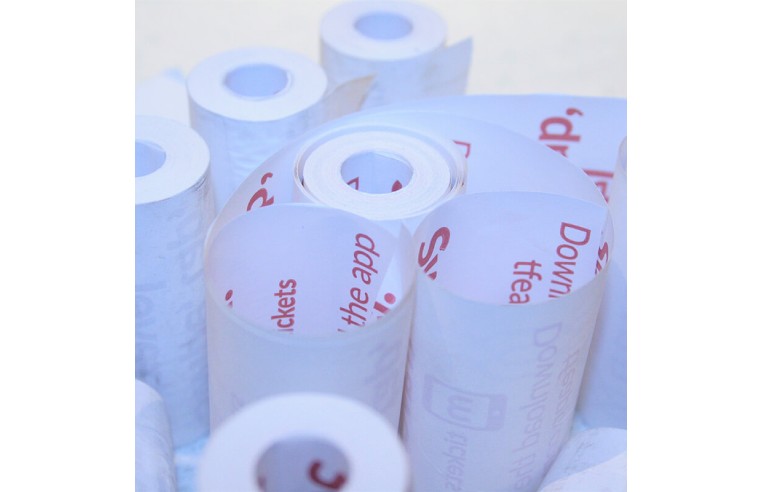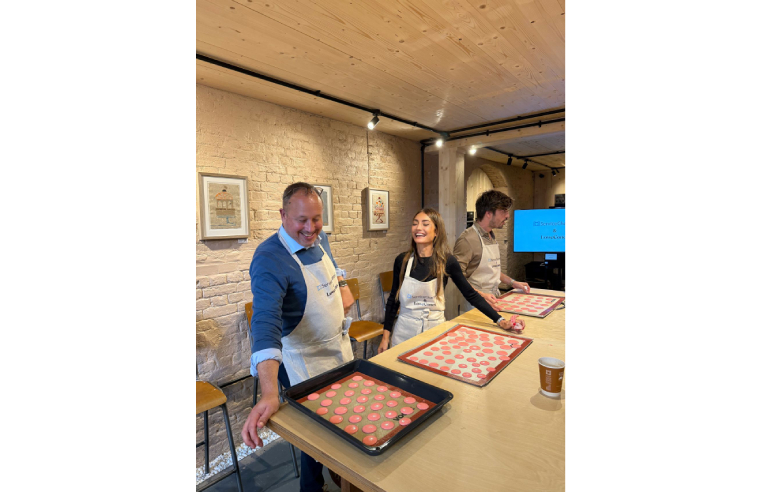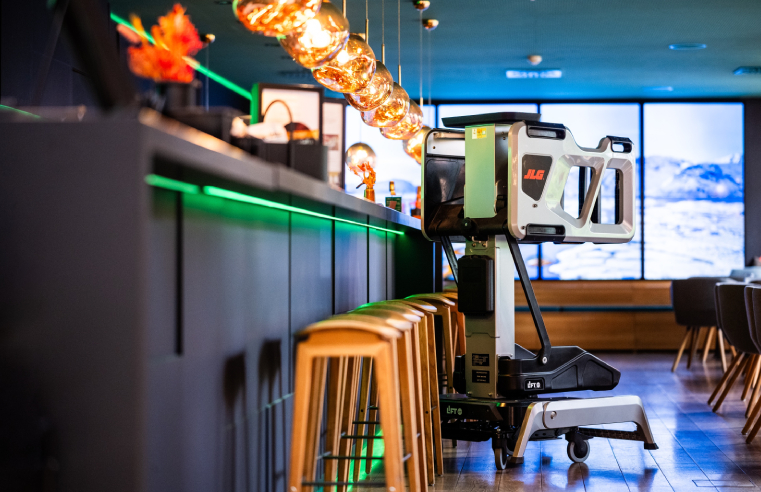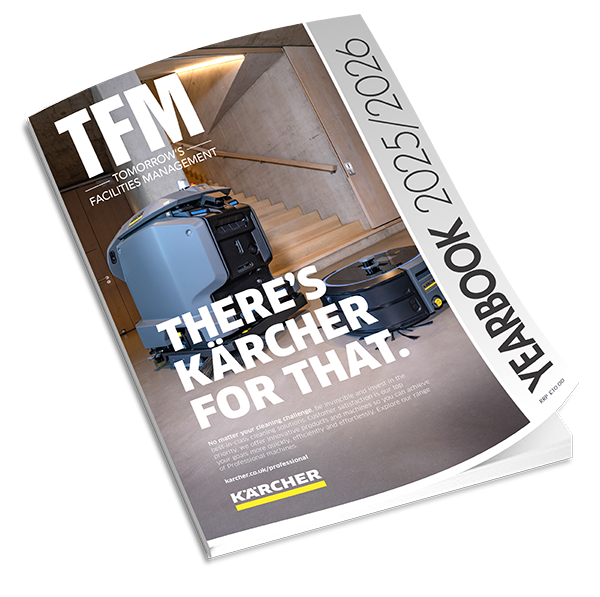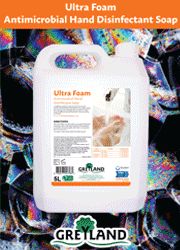This is a question we often get asked by our customers at BPC(UK), who are interested to know how till rolls are manufactured.
At BPC(UK) our bestselling till roll products are all manufactured using Thermal Paper. This type of paper is coated with a range of chemicals that changes colour when exposed to heat. When an object such as a blunt knife is drawn quickly across the paper surface, a mark is produced due to the heat generated from the friction. Usually, the coating will turn black when heated (either by friction or by the credit card terminal/ payment device), but coatings that turn blue or red can be created and are sometimes used.
To facilitate this change in colour and for the paper to turn black when heated, the paper is coated with chemicals. A common combination is of a fluoran leuco dye and octadecylphosphonic acid. You will notice that this results in the surface of the paper being glossier than standard paper, and it is designed to be used in thermal printers, which work by pushing heated pins against the paper surface and is used in applications where colour and resolution are not important, such as for till receipts.
The advantage for the business owner is that the till receipt or ATM machines do not need to be replenished with ink like a normal printer, and handheld and point of sale devices such as chip and pin machines can be streamlined as no ink cartridge is required. The last thing a busy restaurant wants is its printers running out of ink at a crucial time of the evening. Replacing the till roll is a lot simpler and quicker than replacing an ink cartridge, and a lot cheaper.
Most direct thermal papers require a protective top-coating to reduce fading of the thermal image caused by exposure to UV light, water, and oils, and to reduce print head wear prolonging the life of the till device.
The dyes that are used in thermal till rolls are often unstable and return to their original colourless, crystalline forms when stored in hot or humid conditions. To stabilise the process a material called a stabiliser is often added to thermal papers. Stabilisers share similarities with developers and are often complex multifunctional phenols that inhibit recrystallisation of the dye and developer, thereby stabilising the printed image.
It was not until 1993 that multicolour thermal paper first became available with the launch of the Fuji Thermo-Autochrome system which was followed in 2007 by Polaroid's development of the Zink/zero-ink system. Both the Fuji and Polaroid methods rely on multi-layer coatings with three separate colourising layers, with different methods used for the independent activation of each layer.
Here at BPC we convert only the finest quality thermal papers for our rolls, all of which must be responsibly sourced to meet our strict environmental policies. BPC are proud to be to be accredited for FSC Chain of Custody Certification. Our Certificate number is INT-COC-001466



